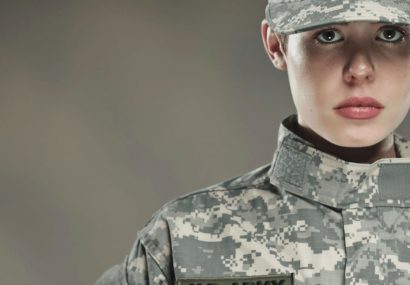America’s veterans are not receiving the care and services they need to transition successfully from military to civilian life. Although many excel out of uniform, some veterans continue to face significant service-related challenges. Many of their concerns are familiar to veterans of past wars, but some attributes of post-9/11 military service are distinctive. Indeed, the past decade has witnessed exceptional rates of multiple and repeated deployments of active-component service members, historic deployment levels of Reserve and Guard personnel, excessive exposure to bomb blasts and unprecedented survival rates from grievous wounds.
All of these factors carry consequences for the mental and physical health of service members and veterans as well as their families and communities. Yet neither the Department of Defense (DOD) nor the Department of Veterans Affairs (VA) ensures that these service-related issues are addressed in any systemic way once service members leave active duty. No government entity adequately stewards the transition from military service, none is concerned with the long-term prospect of veteran reintegration with civilian society and none provides consistent guidance to the thousands of nongovernmental entities that inevitably shoulder the attendant public health and social welfare burdens.
Gaps in both leadership and services negatively affect many of those who have served the country and thus also affect the communities to which they return. The current governmental framework for veteran care does not and cannot accommodate the service-related needs of today’s all-volunteer force. Federal agencies have insufficient reach into the communities from which veterans come and to which they return. In order to finally address the veteran reintegration challenge, federal agencies must restrategize, refocus and recalibrate their programs, engaging public and private partners to deliver at the local level what large bureaucracies in Washington cannot and embrace a comprehensive understanding of veteran wellness as their guiding goal.
This report offers a new understanding of veteran wellness that is informed by both military and civilian circumstances and experiences but is oriented toward the civilian goal of successfully reintegrating veterans back into communities, rather than the military goal of mission readiness. Our definition of veteran wellness places equal emphasis on the interrelated and multidimensional domains of psychological and physical well-being and on aspects of life that extend beyond fitness for duty, such as personal relationships, satisfaction of material needs and a sense of daily purpose. Unlike prominent civilian interpretations that emphasize the absence of illness or infirmity as a prerequisite for being well, we propose that the new paradigm for veteran wellness must emphasize the possibility of wellness despite physical and mental injuries caused by war.
 Next Article
Next Article


























